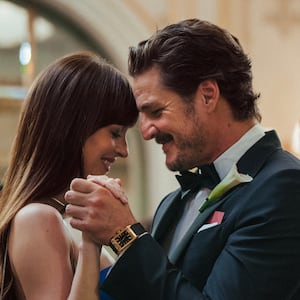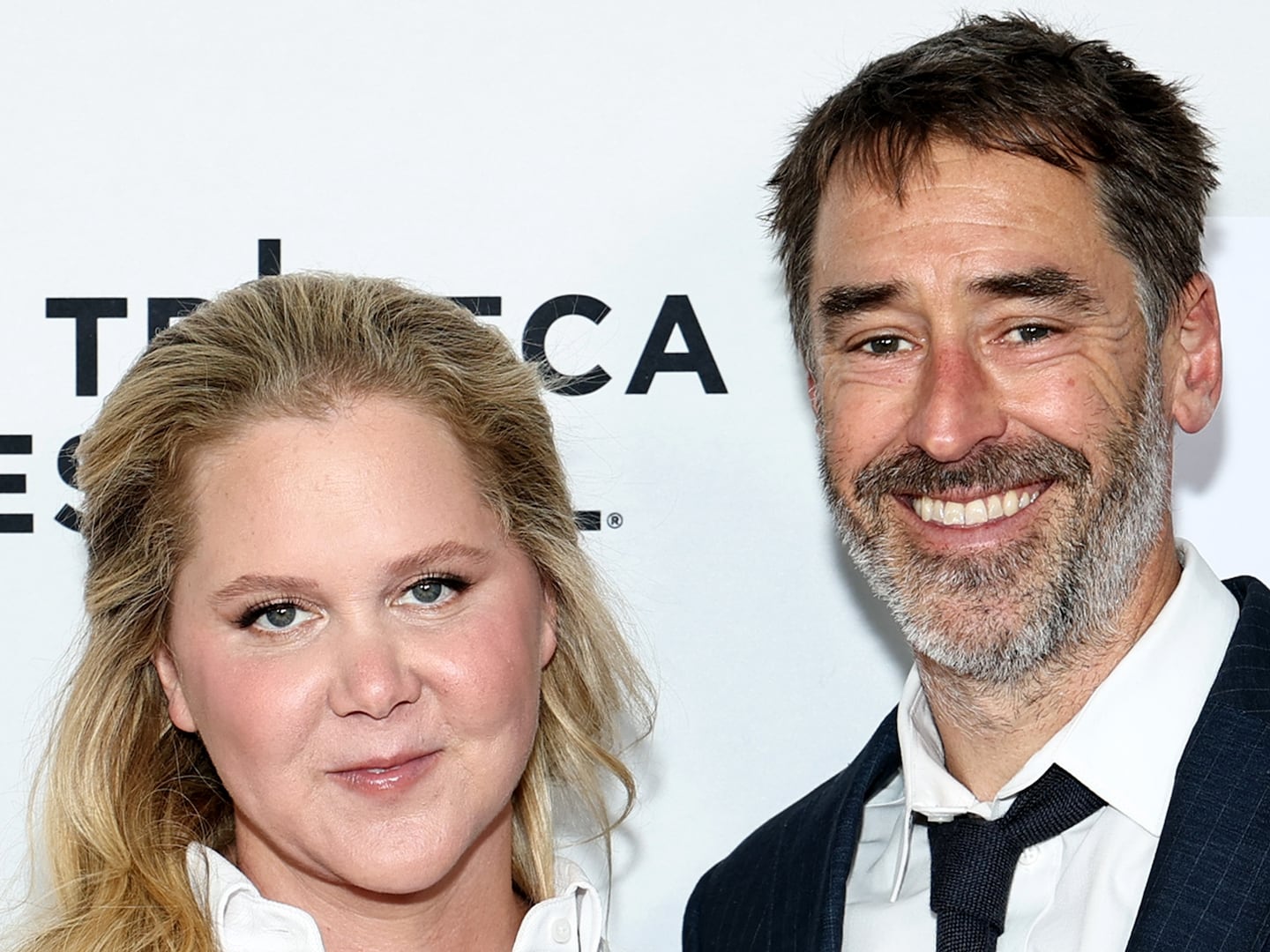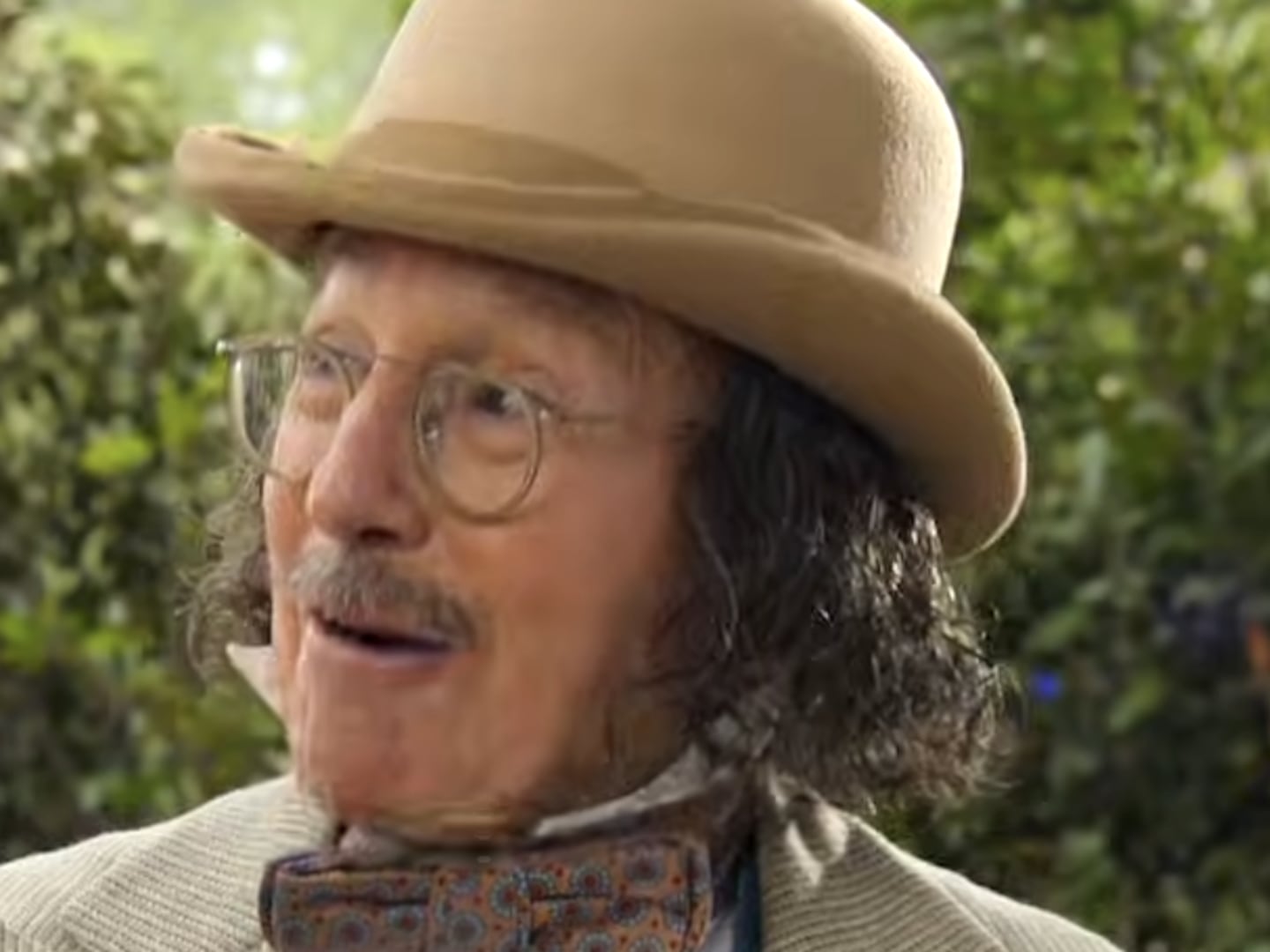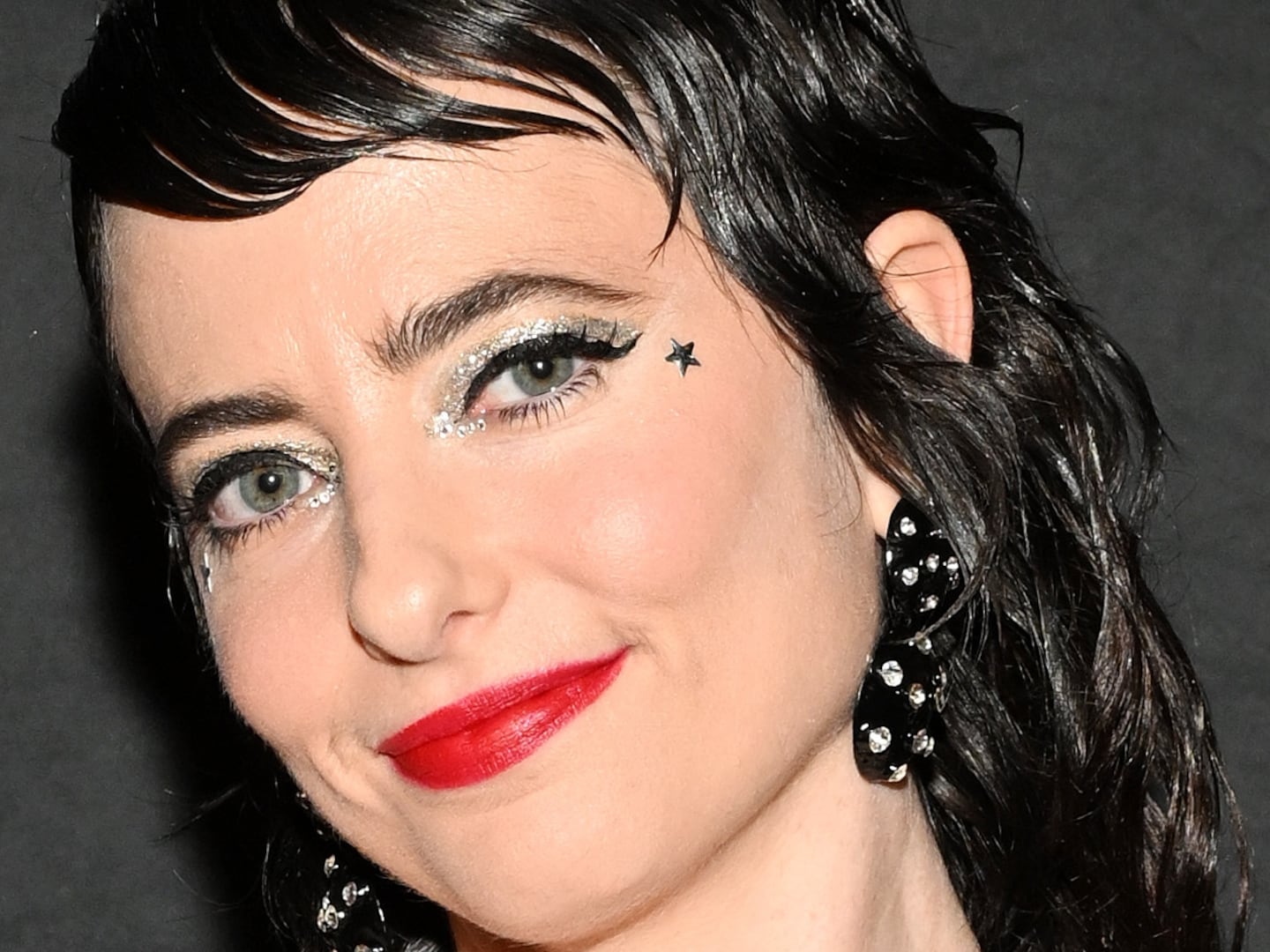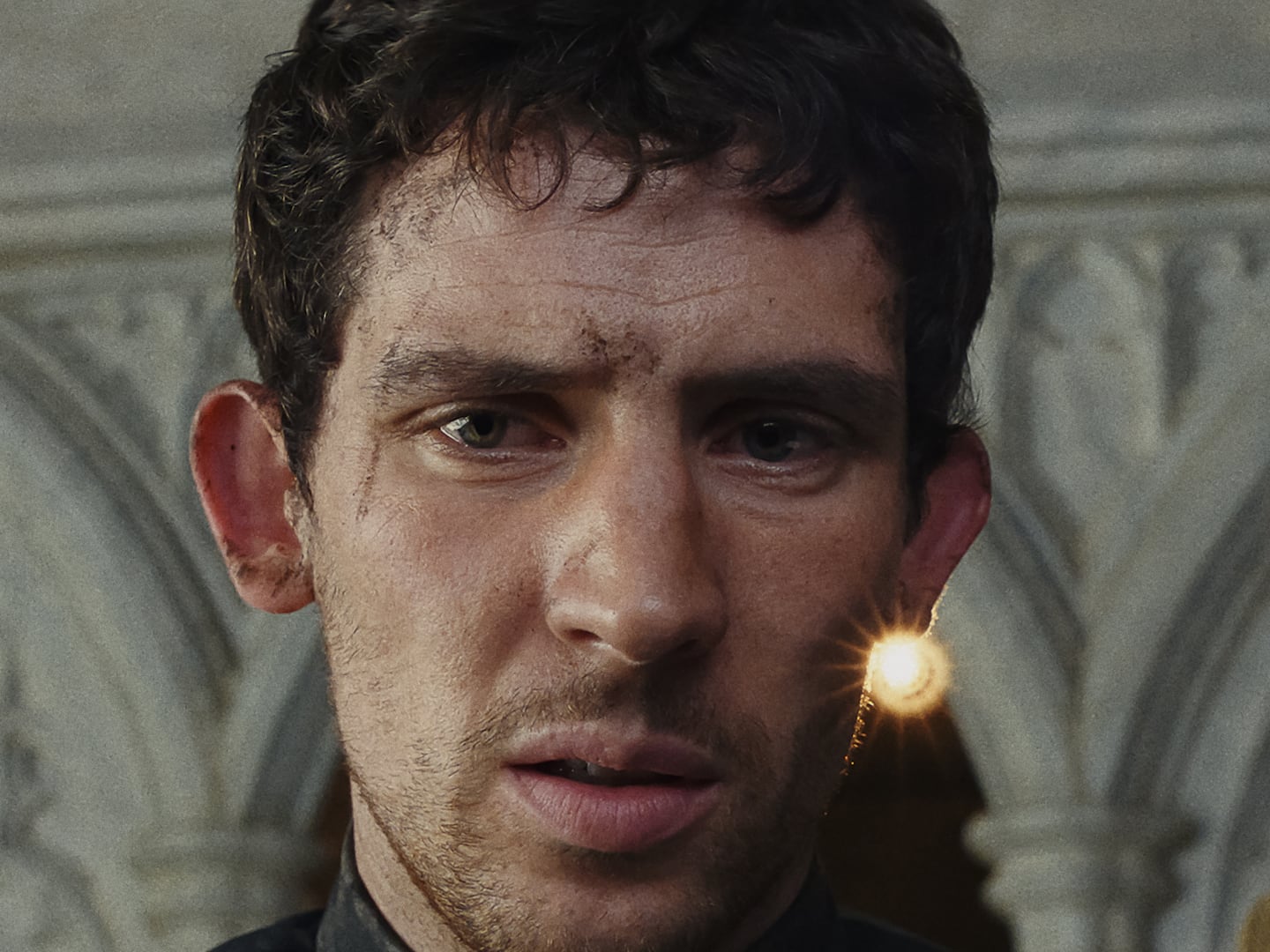We probably don’t need to spare much sympathy for Miley Cyrus.
A nepo baby and child star who seems to have emerged from her early Disney days relatively unscathed and with plenty of fans intact, Cyrus has lived a life of privilege no matter what personal hardships she may have endured along the way. Her last album, 2023’s Endless Summer Vacation, included “Flowers,” a massive mid-career hit that won her a Grammy.
Yet there are times when Cyrus seems underestimated, even underrated, at least compared to fellow thirtysomething pop stars Taylor Swift or Lady Gaga, where their every move is treated as a seismic event and a Madonna-like reinvention of their latest “era.”
The Cyrus pop-star discography isn’t as polished as the Taylor’s Versions. But that also means her experiments—the oddball 90-minute psychedelic album she made with the Flaming Lips; the ’80s rock homage Plastic Hearts—feel genuinely risky, not because she’s touching some third rail of controversy (though she used to occasionally dabble in that) but because she’s allowing for the possibility of actual artistic failure in a way that seems removed from many of her peers. There are songs on Miley Cyrus and Her Dead Petz that no mega-selling pop diva in her right mind would release, which is exactly what makes it worth listening to.
In her eclecticism, Cyrus also risks the appearance of self-conscious effort, of trying too hard to keep pace with some imagined pop zeitgeist that she might have accidentally captured circa her 2013 breakout album Bangerz. (Whether for that reason or some other unknown factor, she seems to be the last 2010s-era pop star the influential music publication Pitchfork still feels comfortable slagging on.) Which brings us to Something Beautiful, her latest release, accompanied by a 53-minute accompanying “visual album” that premiered at the Tribeca Festival and will play in U.S. theaters for one night on June 12.
Cyrus’s own, much-circulated description for this project is that she wanted to make “The Wall, but with a better wardrobe and more glamorous and filled with pop culture.” She’s got the wardrobe part down, and, in a generic sense, the glamor. But it’s hard to discern much of The Wall or other notable pop culture influences from the Something Beautiful movie because, mostly, it’s a bunch of music videos.
At their core, that’s what most “visual albums” are: the long-standing practice of, now eventized close to feature length, making accompanying clips for every track on a given record, intended to add up to something more immersive, cross-referential, and conceptual than a simple listening experience.
In that context, it’s hard to ignore how decidedly non-conceptual Something Beautiful really is, as an album and especially as a sort-of movie.
The film, credited to Cyrus, her frequent video director Jacob Bixenman, and pop-punk video mainstay Brendan Walter, is mostly an hour’s worth of the star walking, strutting, and/or dancing, often on her own. Sometimes she’s on a soundstage; sometimes she’s in a real location. Sometimes she struts from a real location into a soundstage.
“Pretend You’re a God” makes extensive use of a wind machine tossing around Cyrus’s impressive mane of hair. “Walk of Fame” takes place in part on, you guessed it, Hollywood’s Walk of Fame. “Every Girl You’ve Ever Loved” has an appearance from Naomi Campbell, reciting her spoken-word bits from the song in what looks like an abandoned warehouse. You know, just like The Wall.
The thing is, most of these segments make fine music videos—retro, even, in their simplicity. Perhaps not coincidentally, the best videos tend to accompany the album’s best songs: the aural and visual explosions of the title track, the ebullient soft-focus shimmy of “End of the World,” and the playful undressing/redressing of “Easy Lover,” which looks like it was one of the segments shot on celluloid (there are credits for dailies and lab processing in the film’s final roll).
Like most of the recent Miley records, Something Beautiful is uneven but stylically confident with some great tracks, and her early career on TV has given her an easy sense of how to play to the camera. She’s good at this.
That doesn’t make Something Beautiful a concept record, or particularly in need of a full-length visual accompaniment. It’s pleasant enough to watch, but it’s hard to justify old-style MTV content as a pay-per-view experience in a movie theater. (It almost gives you a twinge of sympathy for the fans who bought tickets for the Tribeca screening of the film, then were incensed to realize it was not, in fact, a concert.)
The biggest conceptual swing is that the last 10 minutes of the film are filtered through an old CRT television set—that is, footage of Cyrus plays on the TV, and the camera captures it from there, giving it a blue filter and some intentional visual noise. It’s a neat video-of-a-video effect, and Cyrus certainly seems qualified to comment on the glamorous distortions of image-making. But Something Beautiful doesn’t really get there, even as an allusive gesture.
It does, however, underline Cyrus’s strengths as an artist. Her voice (which, she recently revealed, is caused by a medical condition she’s reluctant to treat any further, having grown understandably attached to her own distinctive rasp) is powerful enough to bop around different subgenres of pop, while her cultural awareness of the Old Ways maintains her old-fashioned sense of glamor.
Good records and music videos are a fine vehicle for her talent and ambition; a visual album feels like unnecessary accessorizing for a star who already has a whole lot.


